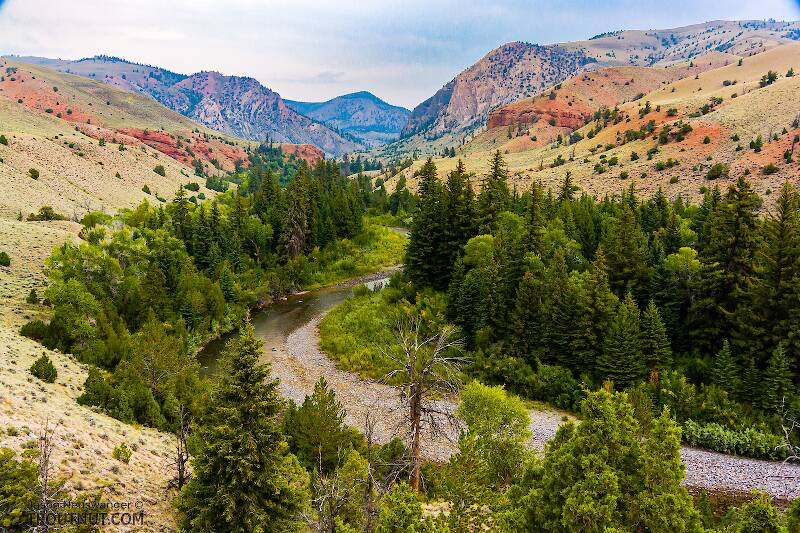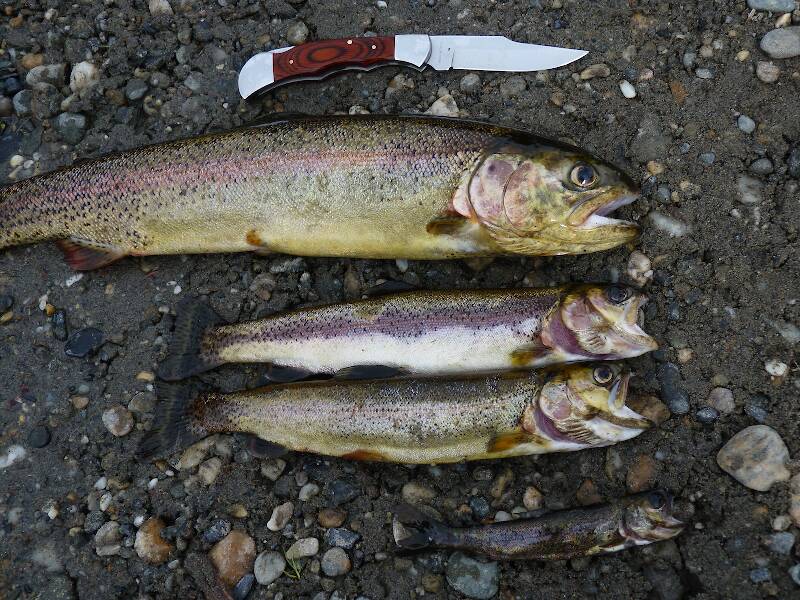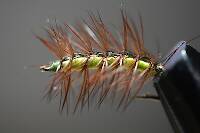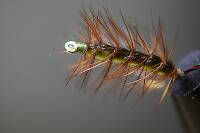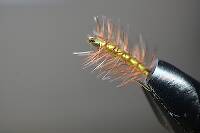
Blue-winged Olives
Baetis
Tiny Baetis mayflies are perhaps the most commonly encountered and imitated by anglers on all American trout streams due to their great abundance, widespread distribution, and trout-friendly emergence habits.
Featured on the forum

As far as I can tell, this species has only previously been reported from one site in Oregon along the Columbia gorge. However, the key characteristics are fairly unmistakable in all except for one minor detail:
— 4 small yellow spots on frons visible in photos
— Narrow occipital spinule row curves forward (but doesn’t quite meet on stem of ecdysial suture, as it's supposed to in this species)
— Short spinules on anterior margin of front legs
— Short rposterior row of blunt spinules on abdominal tergae, rather than elongated spinules dorsally
I caught several of these mature nymphs in the fishless, tiny headwaters of a creek high in the Wenatchee Mountains.
— 4 small yellow spots on frons visible in photos
— Narrow occipital spinule row curves forward (but doesn’t quite meet on stem of ecdysial suture, as it's supposed to in this species)
— Short spinules on anterior margin of front legs
— Short rposterior row of blunt spinules on abdominal tergae, rather than elongated spinules dorsally
I caught several of these mature nymphs in the fishless, tiny headwaters of a creek high in the Wenatchee Mountains.

Troutnut is a project started in 2003 by salmonid ecologist Jason "Troutnut" Neuswanger to help anglers and
fly tyers unabashedly embrace the entomological side of the sport. Learn more about Troutnut or
support the project for an enhanced experience here.
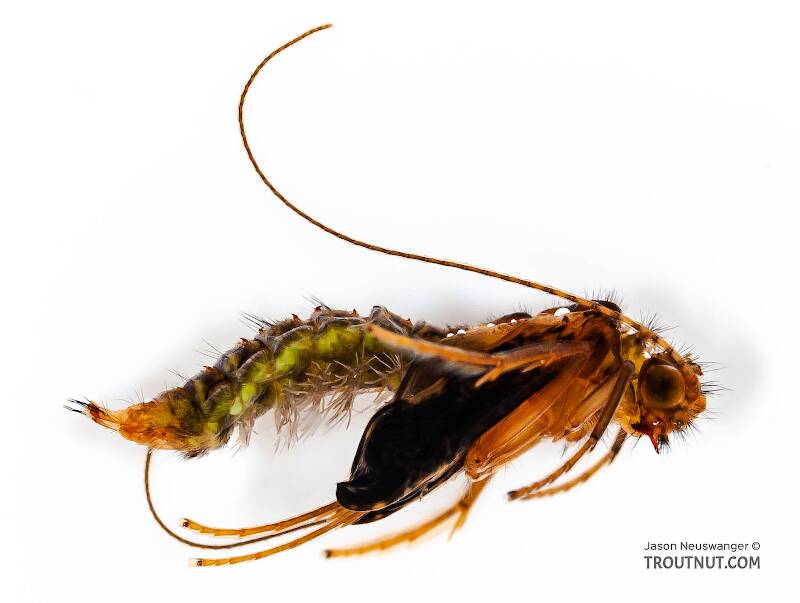
This is the first fully formed caddis pupa (technically, a pharate adult) that I've collected and photographed alive and healthy. I'll put a video of this specimen online soon, too.
Flytyer0423 on Aug 14, 2009August 14th, 2009, 5:22 pm EDT
what is a good caddis pupa pattern ive been looking for them online and didnt find anything that worked for me
thanks-
natureboy
thanks-
natureboy
(vistit my website @) www.natureboyoutdoors.weebly.com
GONZO on Aug 14, 2009August 14th, 2009, 6:32 pm EDT
Unless you want or need something more specific, Josh, traditional soft hackles tied in appropriate colors are simple, effective, and versatile flies.
Sayfu
Posts: 560
Posts: 560
Sayfu on Oct 5, 2012October 5th, 2012, 5:54 am EDT
My approach would be to tie a small soft hackle, metal bead headed, the abdomen ribbed with small copper wire over a pale green acrylic yarn I use. The rest of the yarn strand gets combed out, and laid back over the body. Then a peacock herl thorax, and a soft hackle "APPLIED" on a #16 caddis/pupa hook that is short shank, and a wider gape for better hooking/holding. I want my hackle to extend back beyond the hook bend. I use all kinds of soft hackle game bird feathers for hackle...Sage Grouse, and Sharptail Grouse lately, but Ruff Grouse lately as well, Hungarian Partridge of course, and duck feathers. There are some great soft hackle feathers that come off ducks.That yarn I get in the craft shop, and it is J. & P. Coats yarn, 4 strand small that you can separate, and use as many strands as needed. I have it in a honey gold, green, and yellow. Great stuff, makes tying easy. I either go for some shine with a copper metal bead, or go black. I watched Lawson tie a similar fly for a caddis emerger this Spring, and he prefers a black bead, but he fishes Spring Creek waters while I am a tailwater guy for the most part.
GldstrmSam on Oct 5, 2012October 5th, 2012, 11:05 am EDT
Hi Sayfu,
I was wondering if you use wool or polyester yarn.
Thanks
Sam
I was wondering if you use wool or polyester yarn.
Thanks
Sam
There is no greater fan of fly fishing than the worm. ~Patrick F. McManus
Sayfu
Posts: 560
Posts: 560
Sayfu on Oct 5, 2012October 5th, 2012, 12:01 pm EDT
I see the yarn I use I identified is a synthetic. It has fuzzies coming off it as well. The green, and yellow are pastel colors that I like, and the golden yellow has an amber hue to it.
Quick Reply
Related Discussions
Topic
Replies
Last Reply
0
May 6, 2011
by Jtberez
by Jtberez
2
Nov 4, 2012
by Aszat
by Aszat

